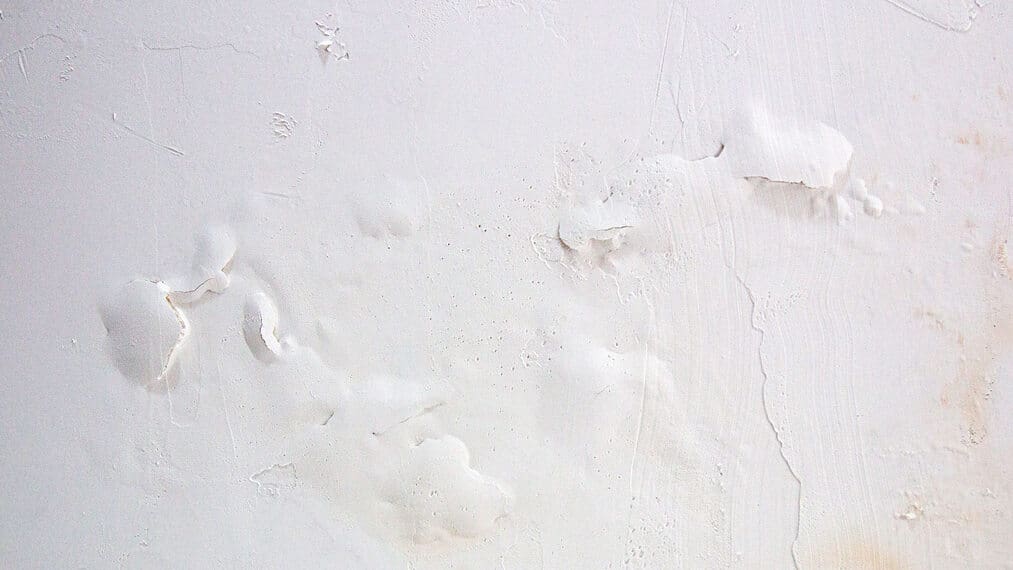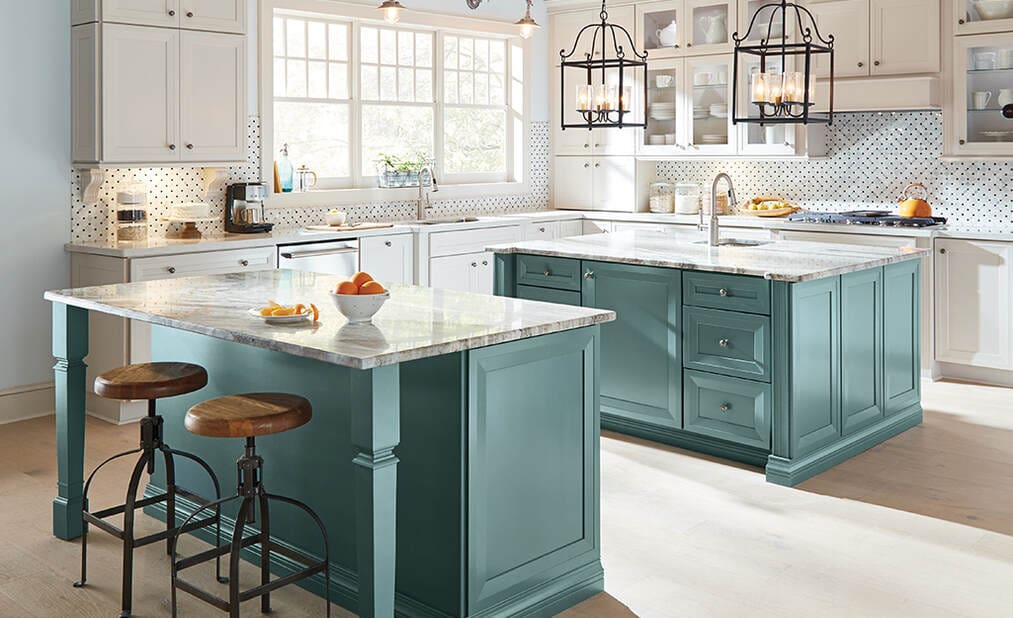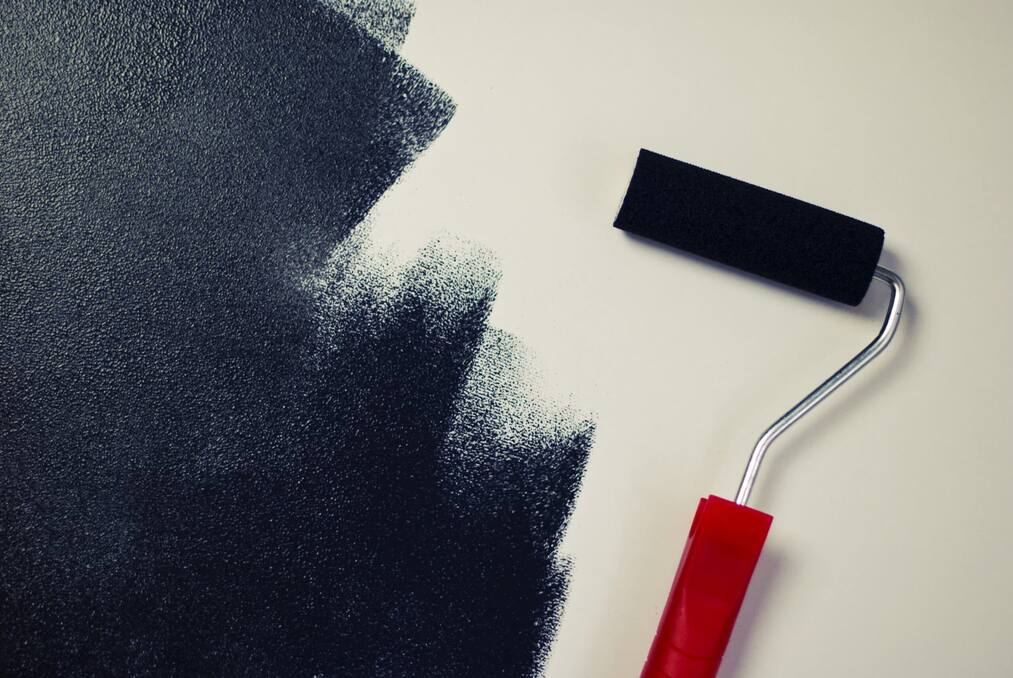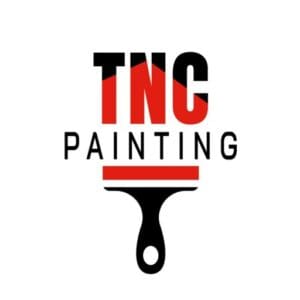How Humidity Affects Interior Paint and What Pros Do Differently

Summer in Michigan often means long days, open windows, and… sticky, humid air. While that might seem like the perfect time to tackle an indoor painting project, it’s actually when things can go very wrong, fast — because humidity affects interior paint more than most people realize.
Humidity doesn’t just make the air feel heavy. It directly affects how paint behaves on your walls, ceilings, and trim. From unexpected streaks to frustrating delays in dry time, moisture in the air can wreak havoc on your finished product if you’re not careful.
If you’ve ever asked yourself how humidity affects interior paint, this article will give you the answer—and explain why hiring a professional painter in the Grand Rapids area can save you both time and money.
How Humidity Interferes with Interior Paint
Humidity is the amount of moisture in the air, and when it’s high, it creates several challenges for interior painting. Whether you’re painting a bathroom, a bedroom, or your kitchen cabinets, the presence of excess moisture can lead to:
- Slower drying times – Paint needs to evaporate water or solvents to cure properly. In humid conditions, this process drags, leaving walls sticky or tacky far longer than expected.
- Poor adhesion – When moisture is present on the wall surface or in the air, paint may not bond correctly. This leads to bubbling, sagging, or peeling over time.
- Uneven finishes – High humidity can cause brush and roller marks to remain visible. It also impacts how the paint settles and levels on the surface.
If you’re using water-based paints (which are common for most interiors), the impact is even greater. Latex paints, for example, rely heavily on evaporation to cure—so the more moisture in the air, the longer that process takes.
Professional painters account for this. Homeowners doing DIY often don’t.
Why DIY Paint Jobs Are Most at Risk
Many homeowners tackle indoor painting projects during summer without realizing how much the weather—especially humidity—can affect the results. Without the right tools or environment, even a simple wall refresh can turn into a frustrating (and costly) mistake.
Here’s why DIY projects are especially vulnerable:
- No control over the environment – Pros use dehumidifiers and ventilation setups. Most homeowners don’t. Painting in a room with closed windows or no airflow traps moisture in the air and on the surface.
- Wrong product selection – Not all paints are formulated to perform well in humid conditions. DIYers often choose based on color or brand, not formulation.
- Rushing the job – High humidity extends dry times between coats. Impatient reapplication leads to smudging, bubbling, and poor durability.
These missteps often lead to surfaces that look fine on day one, but begin peeling, cracking, or showing streaks within weeks.
If you’re noticing problems with your walls or trim shortly after painting, excess humidity may be the culprit. And redoing the job? That’s where professional help becomes the smarter investment.
How the Pros Plan Around Humidity
Professional painters don’t just show up with brushes and a color swatch—they bring strategy. One of the key differences between a DIY job and a professional finish is how the pros adapt their process to account for climate conditions, especially in regions like West Michigan, where summer humidity can fluctuate quickly.
Here’s how experienced painters manage the challenges of moisture in the air:
- They monitor dew point and weather patterns: Before beginning a job, pros look beyond the temperature. Dew point matters more when painting indoors—if the air is too saturated, drying slows dramatically. They plan painting schedules around optimal weather windows.
- They control the environment: Professionals create the right conditions inside your home using fans, open ventilation, and—if needed—industrial-grade dehumidifiers. This ensures consistent air circulation and helps the paint dry evenly.
- They use humidity-tolerant products: Not all paints are created equal. Professional-grade paints often include additives that enhance performance in moisture-prone environments. These paints are less likely to streak, bubble, or sag, even on humid days.
- They wait between coats strategically: A common homeowner mistake is applying the second coat too soon. Pros use moisture meters or calculated timing based on humidity levels to ensure each coat fully cures before the next goes on.
Because they plan around these variables, pros deliver smooth, streak-free, durable results—even in high-humidity conditions.
When to Paint: Seasonal Advice for Michigan Homeowners
In Michigan, summer often seems like the perfect time to refresh your home’s interior. But when it comes to paint performance, not all seasons are equal, especially in a region with fluctuating humidity and temperature.
Here’s how professionals approach the calendar:
Late Spring and Early Fall: The Sweet Spot
- These seasons usually offer moderate humidity and stable temperatures.
- Windows can be opened for ventilation without the extremes of summer or winter.
- It’s also easier to schedule work ahead of the end-of-year rush.
Mid-Summer: High Risk Without Professional Prep
- July and August can bring 80%+ humidity, making it risky to paint without environmental controls.
- Pros overcome this with equipment and experience, but DIYers often struggle.
Winter: Less Humid Indoors, but Not Risk-Free
- You’d be surprised—winter can be a good time to paint interiors, since indoor humidity drops due to heating.
- However, ventilation becomes more complex, and dry time still varies. Professionals know how to handle this safely and cleanly.
Thinking about painting soon? Timing matters—but so does knowing how to work with the conditions. A pro painting crew will adapt to the season, protect your home, and leave you with a result that holds up no matter what Michigan weather brings.
Don’t Let Humidity Ruin Your Paint Job
Humidity may seem like a minor detail, but when it comes to interior painting, it’s one of the most important factors affecting the outcome. From dry time and adhesion to long-term durability, excess moisture in the air can quietly sabotage your project, especially if you don’t have the tools or training to handle it.
That’s why professional painters take a completely different approach. They plan ahead, use the right products, and control the environment to make sure your walls, ceilings, and trim look great, not just on day one, but for years to come.
If you’re wondering how humidity affects interior paint and whether now’s the right time to paint, the best next step is to talk to a local expert. TNC Painting knows how to handle Michigan’s ever-changing climate—and how to deliver high-quality, long-lasting interior painting results.
Request a quote to get started. You deserve a paint job that holds up beautifully, no matter the weather.




